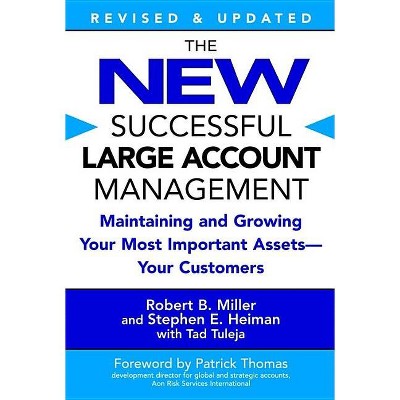Sponsored

When Regulation Was Too Successful- The Sixth Decade of Deposit Insurance - by David S Holland (Hardcover)
In Stock
Sponsored
About this item
Highlights
- The savings and loan crisis and the banking troubles of the 1980s and early 1990s were not primarily due to fraud, deregulation, inadequate supervision, overly exuberant lending, abrupt changes in tax policies or a host of other short-term causes.
- About the Author: DAVID S. HOLLAND has been a bank consultant and an editor of a financial industry newsletter.
- 160 Pages
- Business + Money Management, Banks & Banking
Description
About the Book
The savings and loan crisis and the banking troubles of the 1980s and early 1990s were not primarily due to fraud, deregulation, inadequate supervision, overly exuberant lending, abrupt changes in tax policies or a host of other short-term causes. All of these factors certainly exacerbated and, in some cases triggered, the problems of depository institutions. But the underlying fundamental reason for the thrift crisis and banking troubles, argues banking and financial analyst David S. Holland, was a form of excess capacity that resulted from many decades of protection from the rigors of competition and the marketplace.
Dr. Holland shows that the protection was due to geographical and product limitations and a deposit insurance system that became focused on the prevention of failures of individual institutions. By 1980, the depository institutions industry was ripe for a severe culling--a culling that legislators and regulators probably could have done little to avoid, although they might have channeled and controlled it better. How the government, the industry, and the public reacted to the culling is an instructive and fascinating study in human nature for all those concerned with banking policy and regulation.
Book Synopsis
The savings and loan crisis and the banking troubles of the 1980s and early 1990s were not primarily due to fraud, deregulation, inadequate supervision, overly exuberant lending, abrupt changes in tax policies or a host of other short-term causes. All of these factors certainly exacerbated and, in some cases triggered, the problems of depository institutions. But the underlying fundamental reason for the thrift crisis and banking troubles, argues banking and financial analyst David S. Holland, was a form of excess capacity that resulted from many decades of protection from the rigors of competition and the marketplace.
Dr. Holland shows that the protection was due to geographical and product limitations and a deposit insurance system that became focused on the prevention of failures of individual institutions. By 1980, the depository institutions industry was ripe for a severe culling--a culling that legislators and regulators probably could have done little to avoid, although they might have channeled and controlled it better. How the government, the industry, and the public reacted to the culling is an instructive and fascinating study in human nature for all those concerned with banking policy and regulation.About the Author
DAVID S. HOLLAND has been a bank consultant and an editor of a financial industry newsletter. Currently, he is an analyst with the Federal Deposit Insurance Corporation. Dr. Holland has written extensively, with articles in such journals as The Golembe Reports and FDIC Banking Review.Shipping details
Return details
Frequently bought together
Trending Non-Fiction

















